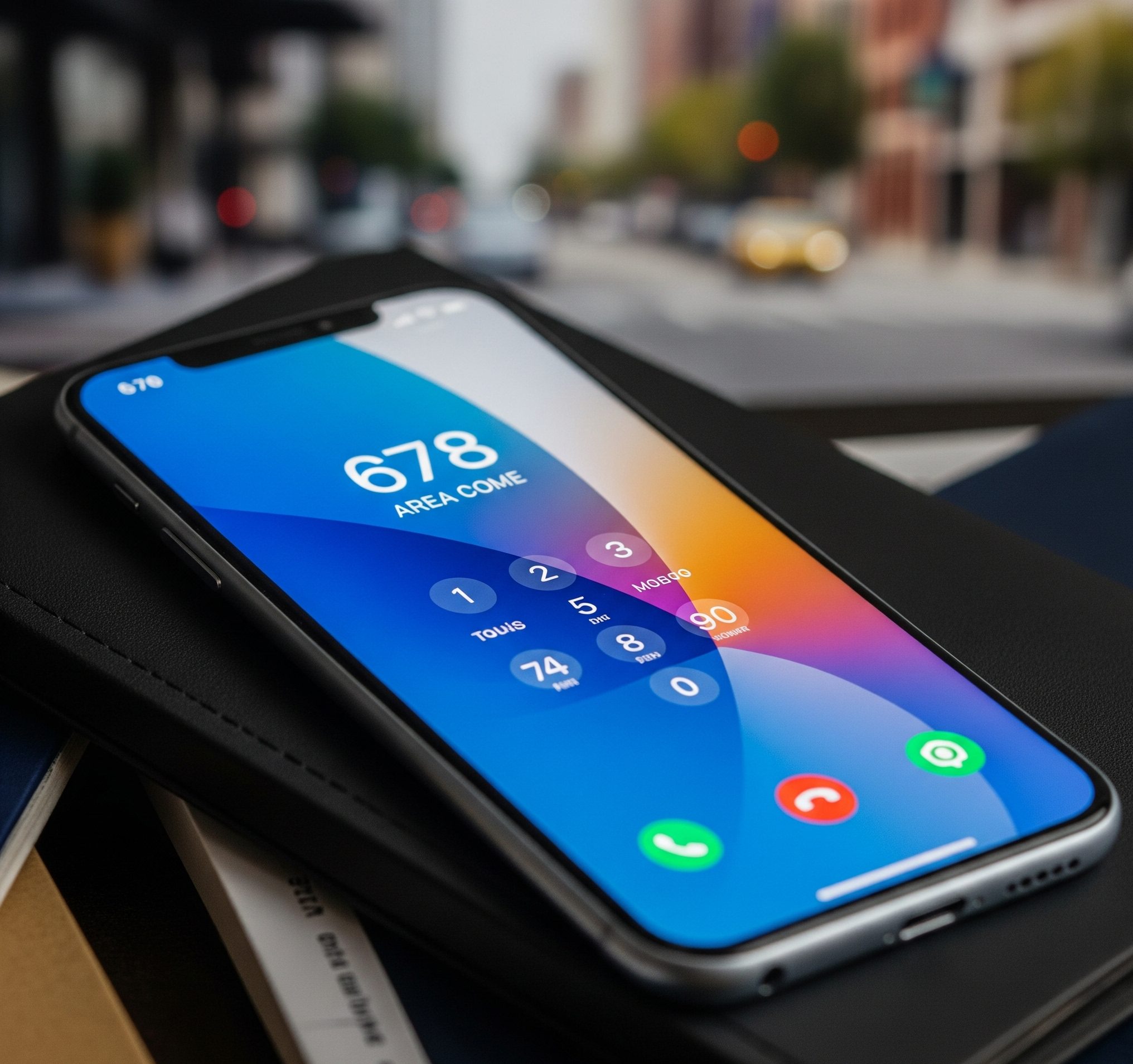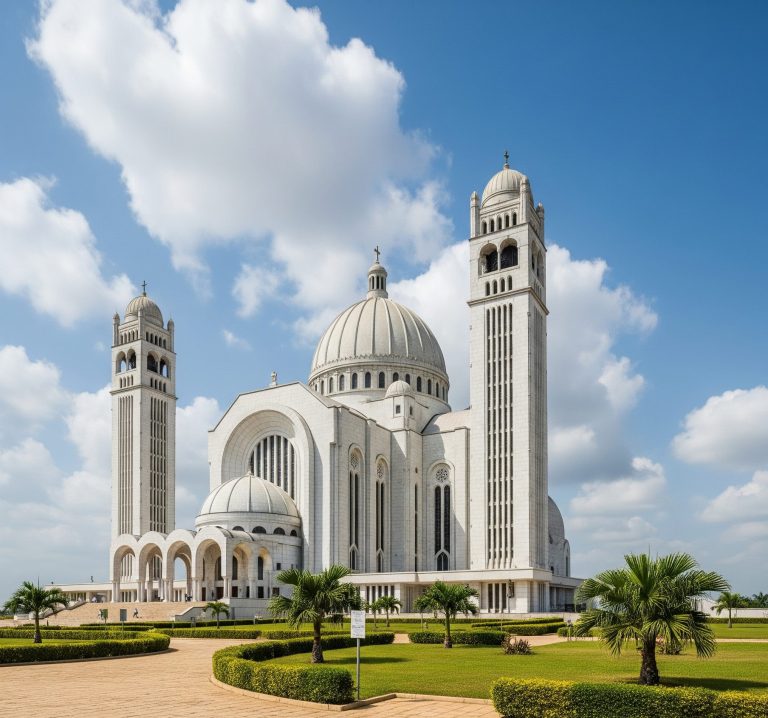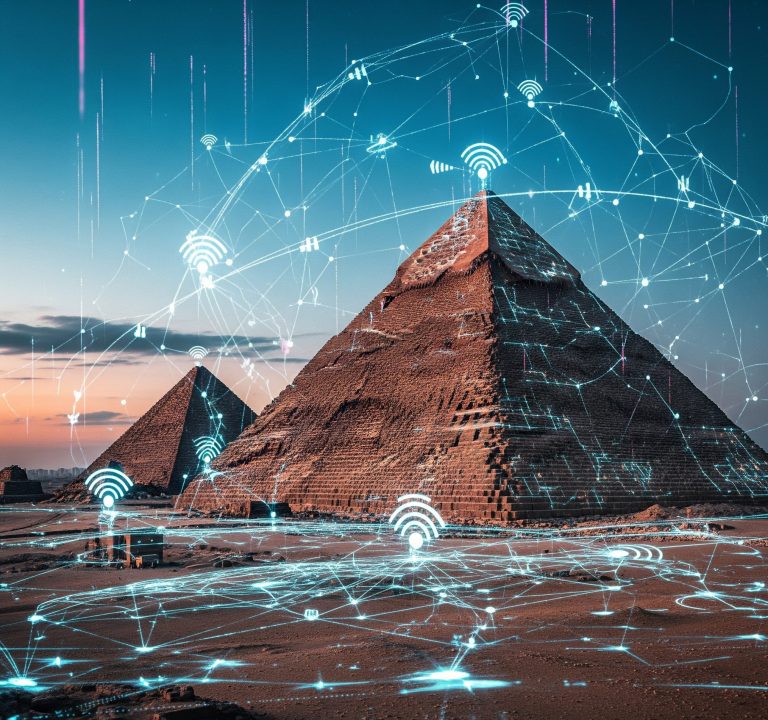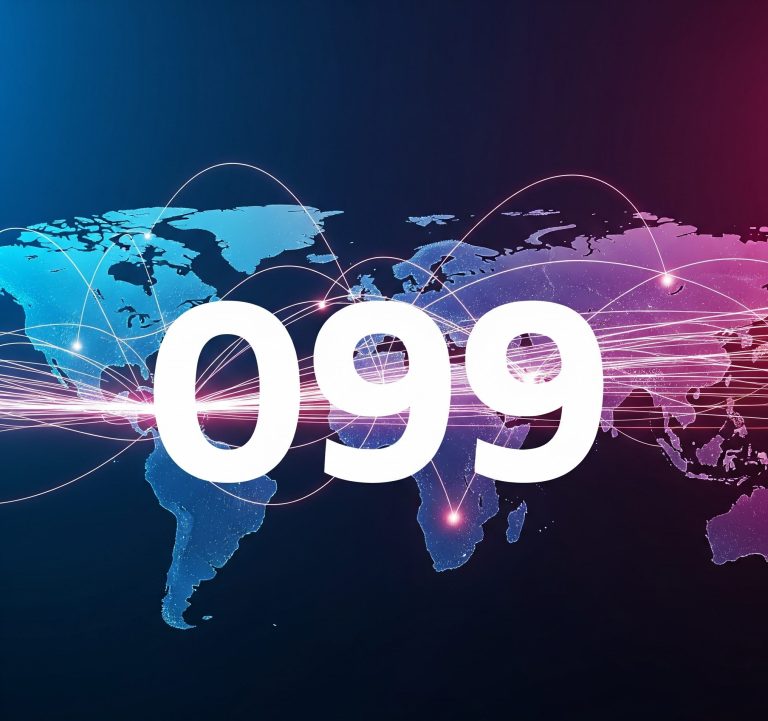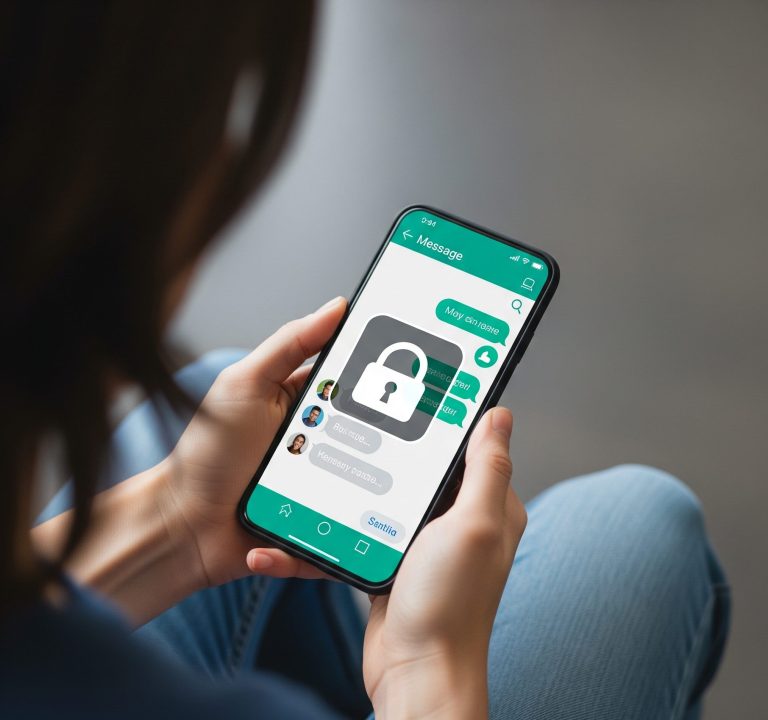The ringing of a phone, a familiar chime in our daily lives, often carries with it a subtle geographical clue: the area code. For many across the United States, certain numerical prefixes immediately conjure images of bustling metropolises, scenic landscapes, or quiet suburban havens. Among these, the 678 area code stands out as a pervasive identifier for a dynamic and rapidly growing region – Metropolitan Atlanta, Georgia. More than just a collection of digits, the 678 area code tells a story of expansion, innovation, and the ever-evolving nature of telecommunications.
Contents
The Genesis of a New Code: Why 678?
Area codes, initially conceived as a way to streamline long-distance dialing, were a finite resource. As populations grew and the demand for new phone lines surged, particularly in thriving urban centers, existing area codes began to reach their capacity. Atlanta, a city experiencing explosive growth throughout the late 20th and early 21st centuries, was no exception.
Originally served by the venerable 404 area code, which covered the core of Atlanta, the sheer volume of new residents and businesses necessitated an expansion of available numbers. The solution arrived in the form of overlays. An overlay area code is introduced within the same geographical region as an existing code, meaning that both codes serve the same territory. This allows for a significant increase in available phone numbers without requiring existing users to change their numbers.
The 678 area code was implemented in 1998 as the first overlay for the 404 and 770 area codes. The 770 area code had previously been split from 404 in 1995 to serve the rapidly developing suburbs surrounding Atlanta. The introduction of 678 marked a significant moment, signifying the continued, robust expansion of the Atlanta metropolitan area and the pressing need for more telecommunication resources.
Navigating the Overlapping Territories: Where Does 678 Reign?
Understanding the precise geographical reach of the 678 area code can sometimes be a bit nuanced due to its overlay nature. Essentially, if you encounter a phone number with the 678 area code, you can be confident that it originates from the broader Atlanta metropolitan area.
This includes, but is not limited to:
- The City of Atlanta: While 404 is the primary code for the central city, new lines and even some existing ones may be assigned the 678 area code.
- Suburban Counties: This is where the 678 area code truly shines in its prevalence. Counties like Cobb, Gwinnett, Fulton (outside of central Atlanta), DeKalb (outside of central Atlanta), Clayton, Cherokee, Forsyth, and many others in the extended metro area frequently utilize the 678 area code.
- A Mix of Residential and Commercial: From bustling downtown business districts to sprawling suburban neighborhoods and industrial parks, the 678 area code is ubiquitous across the diverse fabric of metro Atlanta.
It’s important to remember that due to the overlay, a single street or even a single building could have phone numbers with 404, 770, and 678 area codes. This necessitates ten-digit dialing (including the area code) for all local calls within the region, a standard practice in overlay areas across the country.
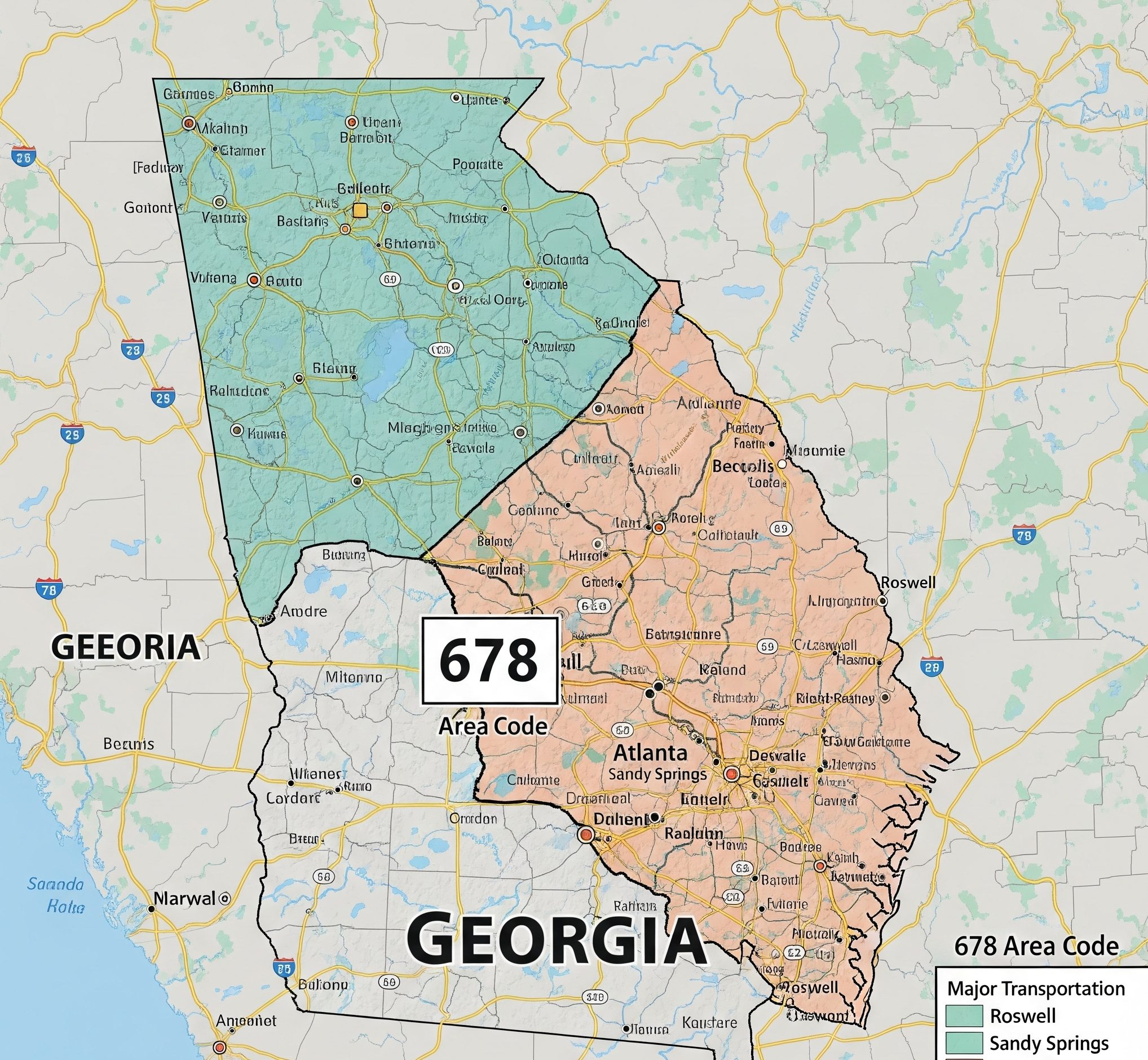
The Impact of 678: More Than Just Numbers
The widespread adoption of the 678 area code has had several notable impacts:
- Reflecting Growth: The sheer existence and continued expansion of numbers within the 678 area code is a testament to Atlanta’s sustained population and economic growth. It signifies a thriving region attracting new residents and businesses at a remarkable pace.
- A Sense of Place: For those living within the metro Atlanta area, the 678 area code has become as recognizable as 404 or 770, instantly identifying a call’s general origin. It fosters a shared sense of regional identity.
- Telecommunications Evolution: The implementation of 678 also highlights the continuous evolution of telecommunications infrastructure. As demand outstrips supply, creative solutions like overlays become necessary to keep pace with technological advancements and societal needs. The future may even see new area codes added to the Atlanta region as demand continues to climb.
- Business Connectivity: For businesses operating in or targeting the Atlanta market, understanding the prevalence of the 678 area code is crucial for local marketing and customer outreach. A local presence, often indicated by a local area code, can foster trust and accessibility.
The Future of Area Codes in a Digital Age
While traditional landlines are becoming less common, area codes remain highly relevant in our mobile-first world. Cell phones, despite their portability, are still assigned numbers with specific area codes, rooting them to a particular geographical region even if the user travels. This means the 678 area code will continue to be a vital identifier for mobile users connected to the Atlanta metropolitan area.
Furthermore, with the rise of Voice over Internet Protocol (VoIP) services and virtual phone numbers, individuals and businesses can choose area codes that align with their desired presence, regardless of their physical location. However, for a truly local presence in Atlanta, securing a number with the 678 area code (or 404/770) remains a strong choice.
conclusion
the 678 area code is far more than a simple numerical prefix. It’s a key indicator of Metropolitan Atlanta’s vibrant growth, a testament to the ongoing evolution of telecommunications, and a familiar identifier for millions across one of America’s most dynamic regions. As Atlanta continues to expand, the 678 area code will undoubtedly remain a crucial thread in the intricate tapestry of its telecommunication landscape.

